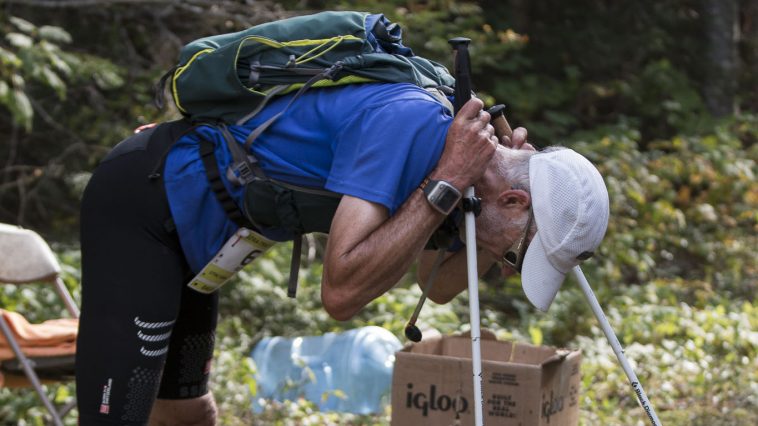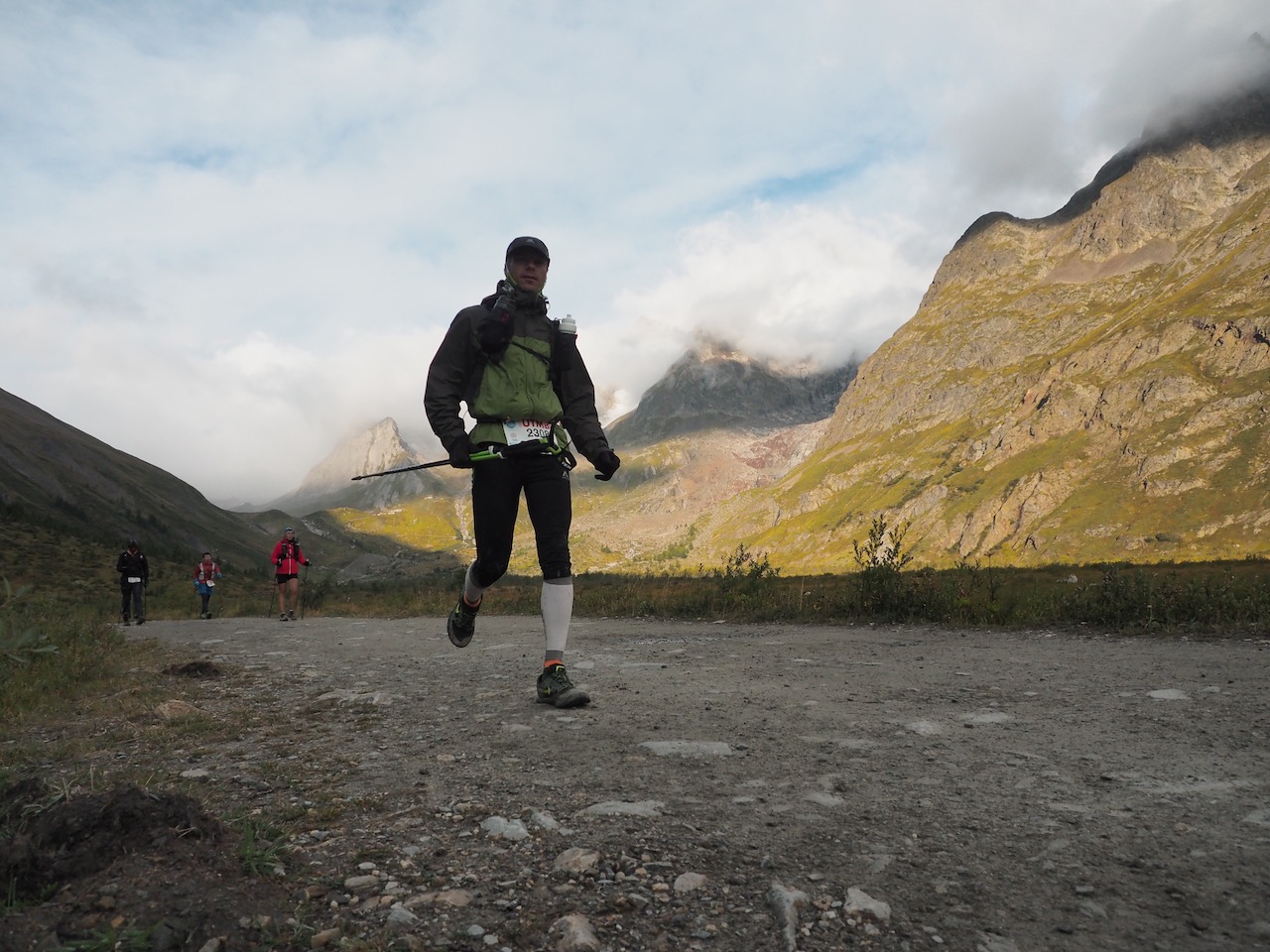If you haven’t eaten anything after an hour into the race, a loss of energy, or « bonk », is most likely to occur. This is especially true for competitors running at high intensity.
Let me tell you a story: everything was going well. I was about 15 km into a road race. I was maintaining my cruising speed and felt pretty good. Better, apparently, than the runner I was about to pass. I saw the pain in both his stride and upon his face.
-« Are you all right? » I asked him.
– « Well, I’m running out of juice, » he answered
– « Do you want a fruit paste, maple syrup? I can give you some. »
– « It’s ok, thank you, I have a gel just in case. »
– « I think you’ve reached your just in case! »
Bonking is due to a decrease of sugar concentration in the blood. The liver, which stores sugar (in the form of glycogen), delivers it to the blood if needed. Given time, if no sugar has been consumed (in the form of food), the liver glycogen stores are depleted. This is a situation to be avoided.
So, here are six tips to avoid bonking and maintain your goal pace!
1. Drink something sugary
If you find that it is easier and more convenient to drink than to eat, or if you tolerate liquids better than solids during exercise, sports drinks are a great alternative for you.
The drink you choose must have a carbohydrate concentration between 4-8%. If it is higher than that, the H20 in the drink is absorbed less quickly and hydrates you less effectively. The body must, in this case, use its own stores of H20 to dilute the higher concentration of sugar. Not ideal for hydration! Commercial sports drinks respect this concentration.
If you buy a carbohydrate-based sports powder for dilution, be sure to strictly follow the ratio of powder to water advised by the manufacturer.
If a sports drink is your only source of carbohydrates, aim for 400 to 800 ml per hour (to get 30 to 60 grams of carbohydrates). If your run lasts longer than two and a half hours, you have no choice but to add food in addition to your sports drink, as your carbohydrate needs rise to 90 grams per hour!
2. Try drinks « sweetened » with maltodextrin
Do sugary drinks, sports chews, gels and sports bars tend to make you nauseous when you run? Maltodextrin-based drinks may win your heart instead of making you feel sick. Maltodextrins are a type of sugar that quickly provide energy, but they have the advantage of having a very low sweetness to the taste.
3. Ingest fluids regardless
Although it is not related to low blood sugar, or hypoglycaemia, dehydration contributes to feelings of fatigue. Listen to your thirst, it’s usually your best guide.
4. Eat as soon as within the first 30 minutes of the race
Start eating or drinking something sugary in the first 20 to 30 minutes of your run. It’s a great way to preserve your liver’s glycogen stores.
5. Eat frequently
Eat no less than every 20 to 30 minutes. A regular dose of carbohydrates helps maintain a constant level of energy. Eating small amounts of food regularly also allows you to digest easier when you run than if you overload your stomach at an aid station.
6. Eat what you like
If you run an ultra, you will need to take in about 90 grams of carbs per hour. That is a lot of food! The problem is that such an intense and prolonged effort can curb or diminish your appetite. Plan to bring a variety of foods that you normally eat on your long runs. Sugary foods, of course, but also salty foods that provide carbohydrates: crackers, bagels, pita, pretzels, rice balls, and your personal preferences. You will also find extra options and sometimes yummy surprises at aid stations.
Examples of food portions each providing approximately 90 g of carbohydrates:
- Three bananas
- One and a half bagels
- 18 to 20 pretzels
Having a food strategy and planning what you need is just as important to your race goals as technology, training and equipment. Make it a priority, not a « just in case »!
Translation : Caroline Beaton



